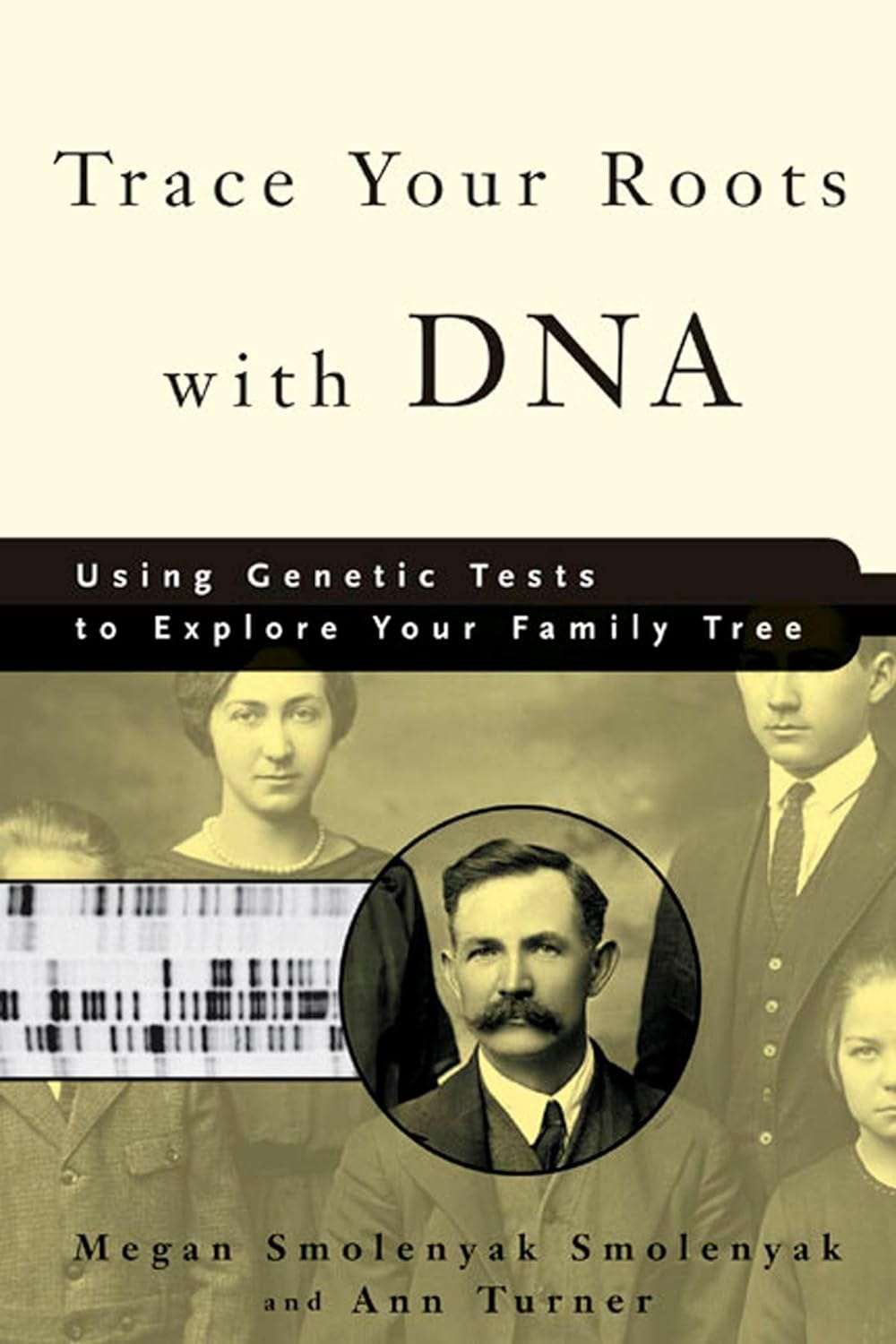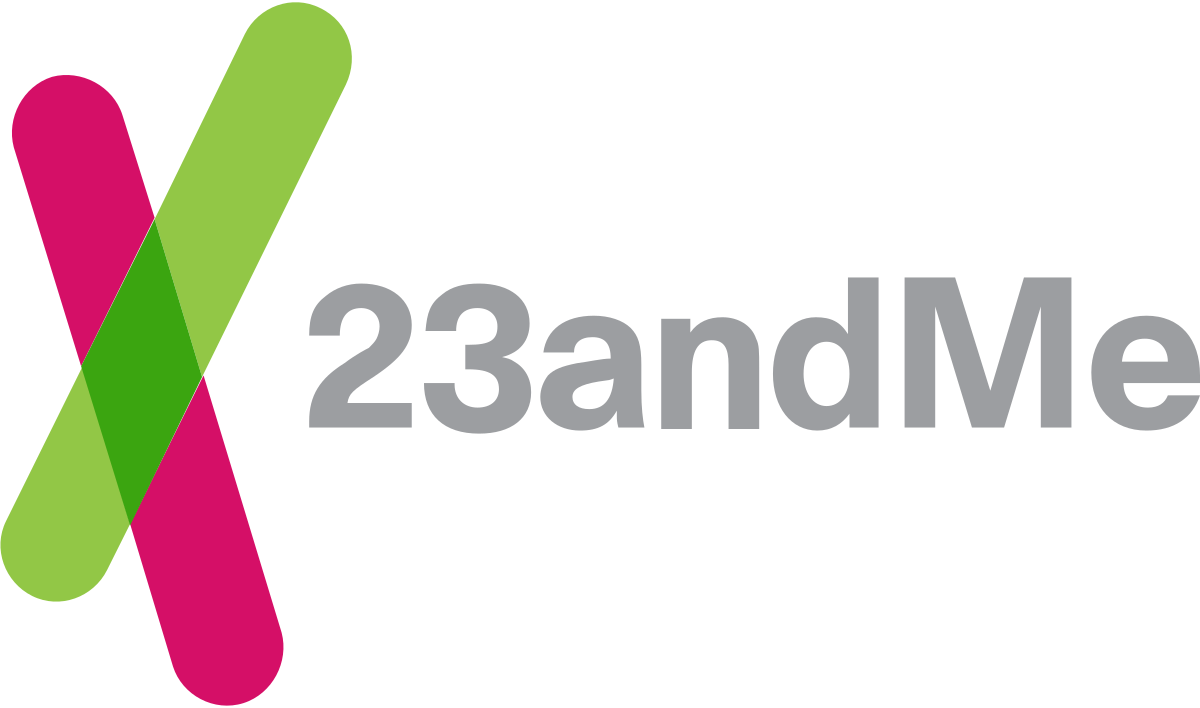Personal Genetics
Tools for Possibilities: issue no. 90
Once a week we’ll send out a page from Cool Tools: A Catalog of Possibilities. The tools might be outdated or obsolete, and the links to them may or may not work. We present these vintage recommendations as is because the possibilities they inspire are new. Sign up here to get Tools for Possibilities a week early in your inbox.

Personal genetic literacy
Trace Your Roots with DNA + The Genographic Project
Yep, we are headed into the bio century. In this brave new world a basic level of genetic literacy will be essential. That was a problem for me because I couldn’t tell one gene from another. But recently I discovered that the quickest route from the theory of genetics to the practice of it is to inspect my own genes. And the best motivator and context for that is that old fussy hobby of genealogy.
You plumb your own genes for clues about your ancestry and in the process all genes become less strange.
About half a dozen companies offer a paid service to test your genes, taken from cells in the cheek, and provide a rough analysis of where you fall in the 100,000-year migration of humans across the globe. These outfits only sequence a very few points in your DNA, called markers. In general the more markers they check, the better. If you are willing, you can then submit your genetic marker results to the rapidly growing database of other folks who have tested their DNA. A good place to start is 23andMe (see review below)>
It is also pretty geeky. Whereas traditional genealogy is nearly literary, steeped in anecdotes, names, and human drama; this new craft of genetic genealogy or “genetealogy” is primarily numerical: it is a flood of statistics, databases, algorithms, and the stuff of computer science. For better or worse it is also a ferociously technical, heavily quantifiable, gnarly hobby, and the early adopters are sprinting ahead rapidly. In fact so much is happening so fast in personal genetealogy that it is quite easy for almost anyone to become the world’s expert in a particular domain.
So how do you get started?
The easiest way to launch into the world of ancestral DNA is a fantastic National Geographic documentary (The Journey of Man: A Genetic Odyssey) on our deep genetic roots and early human migration on this planet. This informative film, full of surprising news, is based on the work of Spencer Wells, who is both innovative scientist and enthusiastic host. He and crew scour the world for indigenous people with deep roots in one place, asking for samples of DNA to test, in order to piece together our “big family” genetic tree. The best parts are when they return with results and we see the diverse ways in which people and tribes react to the news of what science says about their arrival and relations.
But as helpful as the Genographic supporting material is, you’ll need a master guide to help you decipher the meaning of genes. By far the best orientation to this exploding universe is the new book Trace Your Roots with DNA. Written for avid family-tree fans, this is a great layperson’s introduction to personal DNA testing. It illuminates the complexities of such concepts as haplogroups, snips, alleles, mtDNA, and diminishing genetic relationships — all crucial genetic knowledge even if you are not into genealogy. If you ARE into family roots, this book is will provide you with tons of concrete advice on how to persuade relatives to get tested, where to post your results, and how to correlate genes with traditional genealogical research.
The authors are smart. They realize that news in this area will appear first online and only slowly migrate to paper books or magazines. They wisely direct you to preferred websites throughout their chapters. But their book offers a comprehensive overview of a frontier that no website currently offers. It is a wonderful portal to this coming century. — KK
- But for now, you have all you will need to know if you grasp one fact: Y chromosome tests cannot prove that you share a particular common ancestor with another person, only that you share a common ancestor at some point.
- There are move than 1,000 genes on the X chromosome, while the count of the Y chromosome in the year 2003 stands at just a fraction of that: 27. The genes on the X chromosome have little or nothing to do with sexual characteristics. They cover a broad range of structure and function, much like any of the autosomes.
The Y chromosome acts like a switch — if it is present, the baby will be a male. Genes restricted to the Y chromosome could hardly be essential for life and health, else the female of the species would disappear. Classical genetics has never identified any traits or diseases linked to the Y chromosome, so there is no need to fear that sharing DNA results will impact the ability to obtain health insurance.? - Haplotype Diversity
How often will two random Smiths match each other just by accident?
Just as surnames can be very common or very rare, haplotypes are found in different frequencies. In the database at www.yhrd.org, which has more than 24,000 records tested at nine markers, the single most frequent haplotype occurs in less than 3 percent of the population, so even that could not be called common in the absolute sense. Many haplotypes occur just once — more than 40 percent of the records, in fact. Every time a new set of data is added to the database, novel haplotypes are discovered.
Haplotype diversity can be quantified. The chance that two men chosen at random will match each other on all nine markers is less than two in a thousand. You can rule out a lot of false trails that way, and if two Smiths match, it’s probably not just a coincidence.
Adding more markers increases the diversity: Some of the men who match on nine markers will differ on a 10th marker. - We’re not going to sugarcoat it. Talking strangers into handing over their DNA — and hopefully, some money — is not the easiest of tasks. Presumably, it will become easier over time as genetic genealogy becomes as widely known as traditional research. At least then, those you contact will know that this is a normal activity that everyday human beings do with some regularity, and there will no longer be a need to educate people about the very existence of this kind of testing. But it’s best to prepare as if the person you’re about to call, write, or e-mail has never heard of genetealogy.
- You can recruit people in two ways — by finding them or by making it easier for them to find you. We refer to the detective work associated with seeking out appropriate candidates as “reverse genealogy” since it usually involves tracing lines from the past to the present. Traditionally, we’re trained to start with ourselves and work back through the generations, but conducting a DNA project often requires the reverse. You may, for instance, be trying to find possible descendants of a German immigrant who came to Pennsylvania in the 1700s.
- Please don’t make the mistake of testing in the hope of stumbling onto something interesting! In the future, when large numbers of people have been tested and accessible DNA databases are exploding with samples, the odds will improve that a random person could get tested and discover something interesting, such as a surprise match with a stranger. But we’re not quite there yet.

Deep ancestry
Getting your genes sequenced won’t revolutionize your health right now. It’s still too early in the science. However, knowing your genes is a great way to explore your ancestral genealogy. 23andMe began selling inexpensive gene sequencing kits for health perspectives but customers showed greater interest in using genes to delve into their ancestry. For $99 you can learn a lot — and maybe gain some personal health insights too. There’s now 200,000 members of 23andMe, plus tens of thousands others around the world, making links to genetic relatives likely. Once you surrender some spit into the kit and get your gene sequences, you can map, share and research your genes’ path through time. More than just recent generations, your gene haplotypes will inform you about deeper connections in the human family tree. I learned from 23andMe tests that my maternal haplogroup is related to Otzi the Ice Man from the Alps, and Druze and Kurds in the mid-East. And my paternal haplogroup is related to an Irish King of the 4th and 5th centuries. More research keeps turning up more interesting connections. If I want, I can connect to other testers on the site sharing the same haplogroups. I’m now encouraging my larger family to participate in this adventure. — KK
- Haplogroup K1
Ötzi the Ice Man was discovered in 1991, protruding from a snow-bank high in the Alps near the Austrian- Italian border. His 5,300-year-old remains turned out to be so well preserved that researchers were able to construct a detailed account of his life and death. They have also determined that his maternal line was derived from haplogroup K, which remains common in Alpine populations today….A few branches of haplogroup K, such as K1a9, K2a2a, and K1a1b1a,are specific to Jewish populations and especially to Ashkenazi Jews, whose roots lie in central and eastern Europe. These branches of haplogroup K are found at levels of 30% among Ashkenazi. But they are also found at lower levels in Jewish populations from the Near East and Africa, and among Sephardic Jews who trace their roots to medieval Spain. That indicates an origin of those K haplogroup branches in the Near East before 70 AD, when the Roman destruction of Jerusalem scattered the Jewish people around the Mediterranean and beyond. - Haplogroup R1b1b2a1a2f2
R1b1b2a1a2f2 reaches its peak in Ireland, where the vast majority of men carry Y-chromosomes belonging to the haplogroup. Researchers have recently discovered that a large subset of men assigned to the haplogroup may be direct male descendants of an Irish king who ruled during the 4th and early 5th centuries. According to Irish history, a king named Niall of the Nine Hostages established the Ui Neill dynasty that ruled the island country for the next millennium. Northwestern Ireland is said to have been the core of Niall’s kingdom; and that is exactly where men bearing the genetic signature associated with him are most common. About 17% of men in northwestern Ireland have Y-chromosomes that are exact matches to the signature, and another few percent vary from it only slightly. In New York City, a magnet for Irish immigrants during the 19th and early 20th century, 2% of men have Y-chromosomes matching the Ui Neill signature. Genetic analysis suggests that all these men share a common ancestor who lived about 1,700 years ago. Among men living in northwestern Ireland todaythat date is closer to 1,000 years ago. Those dates neatly bracket the era when Niall is supposed to have reigned.






